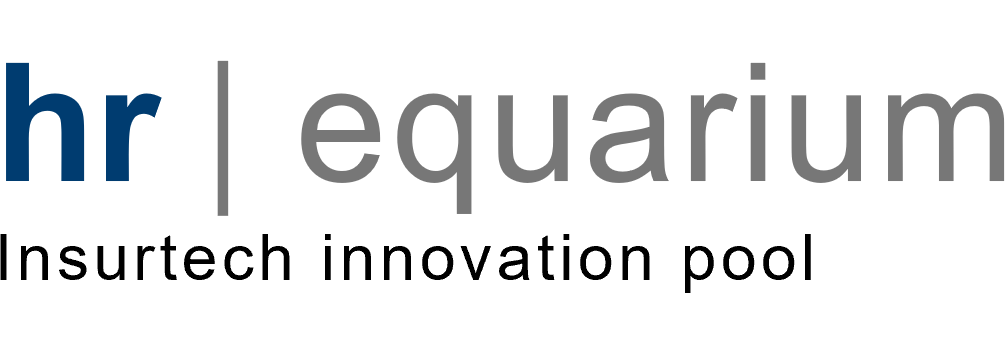Five ways technology can enhance fraud prevention
From blockchain to predictive analytics, technology can help insurers fight fraud and protect their margins. Frank Rückert, General Manager, North American Specialty Business at Hannover Re, highlights five solutions.
Fraud has always been the extra risk that insurers bear when processing applications and assessing claims. And the risk is increasing because digital transformation has enabled fraudsters to exploit vulnerabilities and find new lines of attack. But technology can also help insurers expose criminal activity and prevent avoidable losses.
#1 Blockchain
Blockchain is an emerging technology whose potential has yet to be fully realised. But there are many exciting use cases across all industries and sectors, and insurance is no exception.
Blockchain’s value is its ability to produce immutable and dependable records. This is because the technology uses distributed ledgers, which means it’s a decentralised solution. In other words, you have a single version of the truth because no one can manipulate information to their advantage.
Every key transaction and record in a network will be tamper-proof and verifiable, so insurers can work with consistent and reliable data. Blockchain can build trust and accuracy across the entire insurance lifecycle, from quotes through to claims, and eliminate many of the vulnerabilities that are exploited by fraudsters during policy creation and claims submissions.
For example, blockchain-based records can prevent double-dipping fraud. This is when someone files claims with more than one insurance company. Because blockchain provides a clear audit trail, it would prevent invalid submissions for the same claim. Other use cases include identity checks and verifying the provenance of insured items.

#2 Data enrichment
Insurance depends on trusted, timely, accurate data. The more data points insurers can draw on, the easier it is to assess risks. This is where data enrichment can make a big difference in preventing fraud. Digitalisation means insurers can gather and filter data from a wide range of sources that would otherwise be hard to access in real-time without online connectivity.
Public records and data from private companies can build up a more accurate and complete picture of insurance risk and the likelihood of fraudulent activities. Automation and integration enable insurers to validate an applicant’s details at the quote stage, cross-referencing multiple data sets such as claims history, names and addresses, credit information, social media data, watch list data, and public databases. Equally, insurers can draw on many more sources to verify claims.
When digitally-enabled insurers build data hubs that integrate with third-party data providers, they maximise the benefits of structured and unstructured data. Not only does data enrichment help identify fraud and highlight anomalies, it can also accelerate applications and claims and thus improve the customer experience.
#3 Machine learning
Machine learning is a subset of artificial intelligence (AI). To detect fraud, machine learning uses AI to acquire the experience and knowledge to recognise new fraud models. It’s a self-learning technology that doesn’t require additional programming to meet new challenges. Traditional fraud detection systems rely on red flags, or fraudulent indicators, to spot suspicious information within a defined framework, whereas machine learning is adaptable and dynamic.
Machine learning can highlight connections that are invisible to the human eye, analyse large amounts of structured and unstructured data for suspicious patterns, and identify trends. Deep anomaly detection (DAD) is one example of a machine learning technique and is particularly useful in preventing claims fraud. DAD analyses genuine claims and creates a model that can be compared with larger data sets to identify anomalies.
#4 Computer vision
Computer vision has a growing role to play in risk assessment and fraud prevention, particularly when combined with artificial intelligence. For example, computer vision provides clear and objective evidence of damage to cars, buildings and other items covered by property and casualty insurance, thus preventing inflated claims and minimising the opportunities for fraudsters to manipulate data. Equally, it can help underwriters assess risks and ensure accuracy when writing policies.
As the technology becomes more refined, reinforced by improvements in artificial intelligence and machine learning, it has many applications across property and casualty and life and health insurance. Computer vision can establish the authenticity of documents and identities, as well as verify property damage and medical conditions, and will increasingly be used to drive greater accuracy when information is exchanged between insurers and their customers.
#5 Predictive analytics
Predictive analytics is a type of data analytics that analyses and interprets large data sets to form assumptions (or predictions) about risks and the probability of something happening. For instance, data analytics can generate cyber signals that identify risk exposure and predict a cyber event. Behavioural data is often used to reveal suspicious customer patterns, indicating possible fraud or the likelihood of fraud being committed. This might include analysing social media and other platforms where a customer is active.
Like anomaly detection, predictive analytics harnesses artificial intelligence and machine learning to spot patterns and highlight risks and inconsistencies that would otherwise be missed. It enables insurers to proactively identify high fraud risks, avoid underwriting untrustworthy customers, and determine the veracity of a claim.
User questions
Answered questions
Unanswered questions
Views: 24406
Downloads: 0
| 100 % | |
| 0 % | |
| 0 % | |
| 0 % | |
| 0 % |
Page is favored by 0 user.
Contact inquiries: 0


